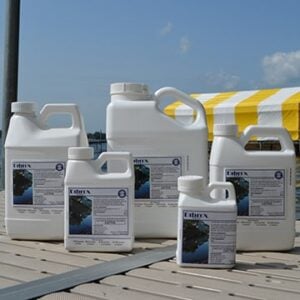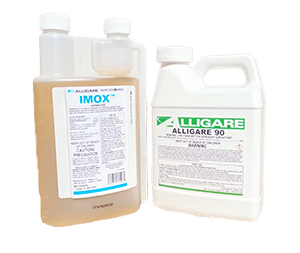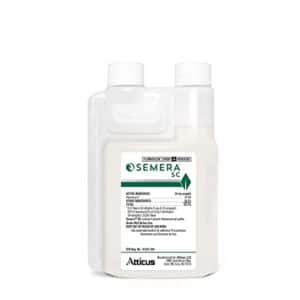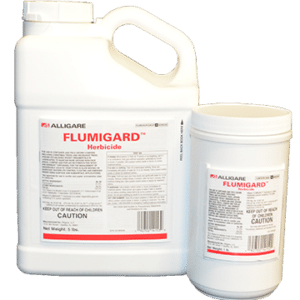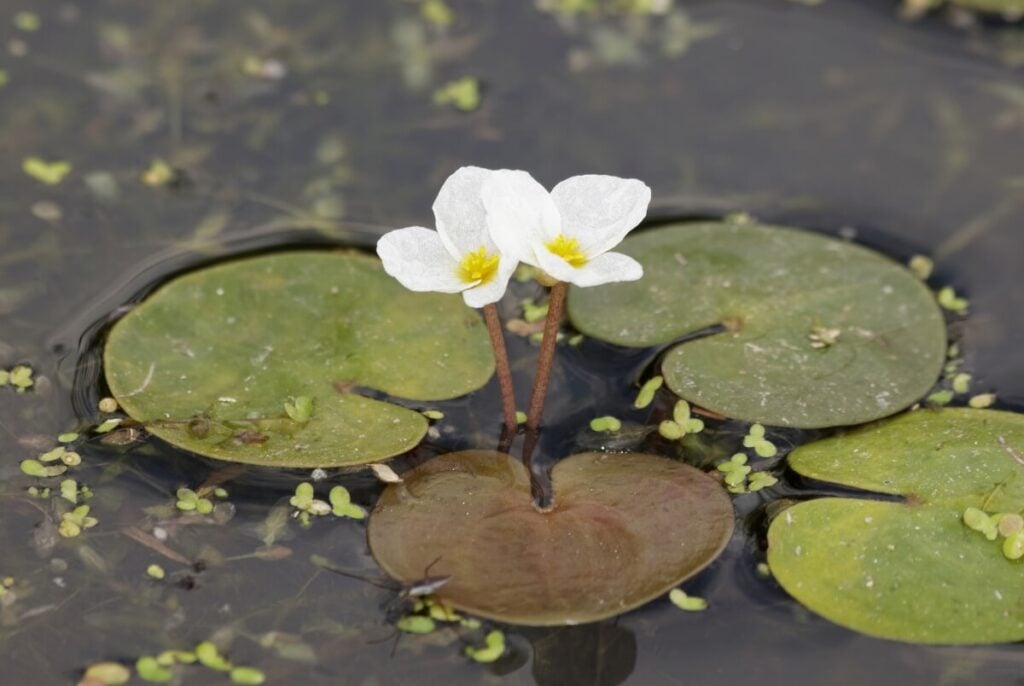
Control Frog Bit
Many people ask how to get rid of frog bit. The following options can be considered for how to control frog bit.
Click here to read more about identifying this plant.
Manual/Mechanical Control:
If you are considering how to remove frog bit, physically cutting this plant and digging up the stolons can be a somewhat effective method of control. However, physical control can be difficult. Frog bit can re-grow from any stolons remaining in the water.
Herbicide Control:
There are multiple options for how to kill frog bit that offer great control.
- Dibrox (for ponds or lakes) – liquid that is diluted with water and sprayed over the plants, fast acting.
- Cattail and Water Lily Control (Imox + surfactant) (for ponds or lakes) – liquids that are mixed and diluted with water and sprayed over the plants.
- Liquid 2, 4-D (for ponds or lakes) – liquid that is diluted with water and sprayed over the plants. Most effective on treatment areas larger than a half acre, this allows longer contact-exposure time.
- Semera or Flumigard + surfactant (for ponds or lakes) – granules that are dissolved and mixed or liquids that are mixed and diluted with water and sprayed over the plants (early morning is best), fast acting. This will offer some control.
Treatment Tips:
When treating frog bit,
- With Imox or other systemic herbicides, treatment is most effective when the plants are mature or close to full grown. This allows for more plant surface to spray enough mixture on.
- Treat in late summer to early fall to get better kill of the root systems. At this time, plants are pulling energy into their roots to store for the winter.
- With other herbicides, treat when the plants are established and actively growing.
Recommended Products
-
Dibrox®
$25.00 – $142.00 -
Cattail & Water Lily Control
$143.00 -
2, 4-D Products
$62.00 – $395.00 -
Semera®
$74.00 – $449.00 -
Flumigard®
$74.00 – $449.00

